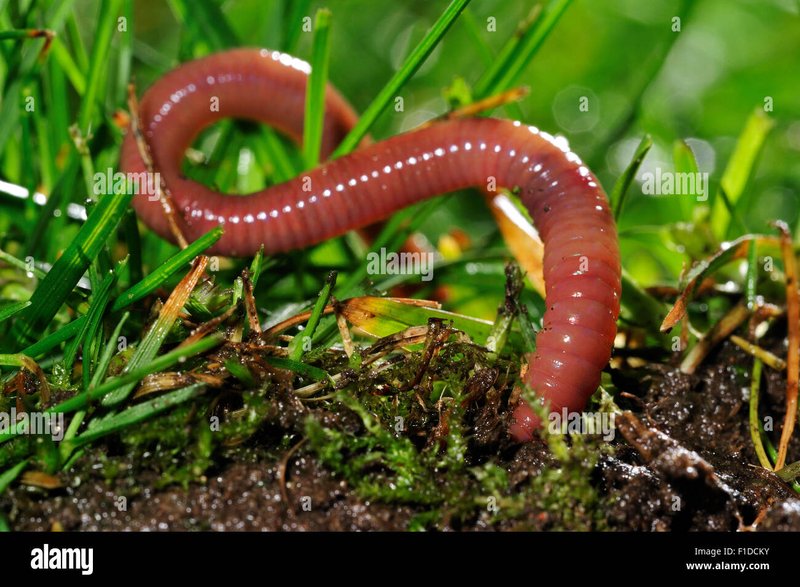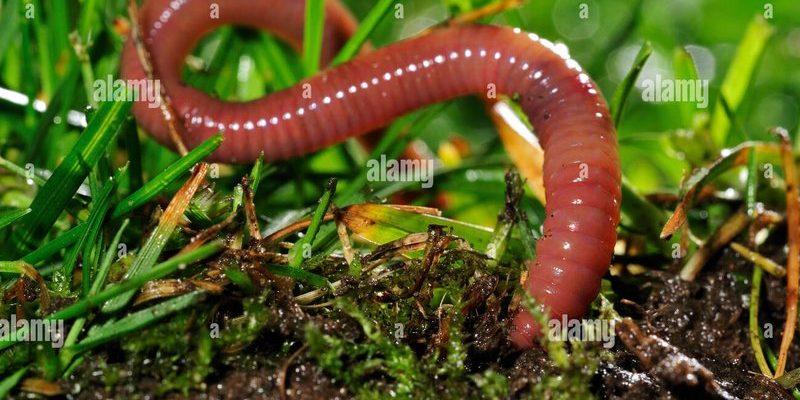
Wolf worms, or cuterebra, are fascinating creatures, especially for those interested in wildlife and ecology. They’re not your typical garden-variety insects; these parasitic flies lay their eggs on hosts, like rabbits or rodents. Once the larvae hatch, they burrow into their host’s skin. While it may sound gross, it’s part of nature’s intricate web. So, if you’ve found yourself asking about the field signs of wolf worm burrows in animals, you’ve come to the right spot.
What Are Wolf Worms?
Wolf worms, also known as cuterebra, belong to a family of flies that have a unique life cycle. Instead of the usual caterpillar-to-butterfly transformation, these flies breed in a way that’s quite unusual. The adult female lays her eggs near the burrows of small mammals. When the larvae hatch, they latch onto a host when it comes into contact with them.
These larvae then burrow beneath the skin of their host. It’s a fascinating process but can be alarming for pet owners. Dog and cat owners, in particular, need to be vigilant since these parasites can invade pets as well.
Here’s the thing: while wolf worms can cause visible signs of irritation in hosts, they are usually not life-threatening. Most animals can live with these parasites without severe consequences. But understanding wolf worms is important for wildlife enthusiasts and pet owners.
Identifying Wolf Worm Burrows
When you’re out exploring nature, identifying wolf worm burrows can be a bit tricky, especially if you’re new to wildlife observation. Look for small holes, often a couple of inches wide, dug into the ground. These burrows are typically near the nests or burrows of small mammals.
You might notice some additional signs around the entrance. For instance, loose soil or small bits of fur can indicate that something has been digging around. Often, the presence of these signs suggests that a host animal has been there recently, possibly harboring wolf worm larvae.
Remember, you’re not just looking for the hole. Look for the whole scene around it. Signs of animal activity, like tracks or droppings, can also indicate the likelihood of wolf worm presence.
Common Animals Affected by Wolf Worms
Wolf worms primarily target small mammals, with a particular affinity for rabbits, rodents, and even some pets like cats and dogs. But why do these specific animals serve as hosts? Well, it’s simple. These creatures often share habitats that are conducive to the lifecycle of the wolf worm.
For example, rabbits are known to dig burrows in grassy fields. When wolf worm larvae hatch, they can easily attach themselves to an unsuspecting rabbit. Similarly, rodents like squirrels or mice can fall victim as well, especially in wooded areas.
It might sound a bit scary, but it’s part of the ecosystem. The presence of wolf worms can indicate the health of local wildlife populations. If you’re observing these animals, it’s crucial to know what to look for.
Signs Your Pet Might Have Wolf Worms
If you’re a pet owner, keeping an eye out for wolf worm infestations is important. Symptoms can vary, but some common signs include:
- Swelling at the site of entry: If you notice a strange lump on your pet’s skin, especially near the head or neck, it could be a wolf worm larva.
- Itching and irritation: Your pet may scratch or paw at the area, showing discomfort.
- Foul odor: In some cases, these burrows can become infected, leading to an unpleasant smell.
If you suspect your pet has been infected, it’s crucial to consult with a veterinarian. They can provide the best guidance and treatment options. Remember, early detection can often lead to a simple removal procedure, allowing your pet to recover quickly.
How to Safely Handle Wolf Worm Signs
Finding wolf worm burrows can spark curiosity, but it’s essential to approach these discoveries with caution. If you come across a burrow, avoid sticking your hands into it without understanding what might be inside. Instead, observe from a safe distance.
If you’re examining an area where you suspect wolf worms could be present, consider bringing along a camera. Snap some photos of the burrows and any nearby animal tracks. This way, you can research them later without disturbing the wildlife.
If you’re concerned about your pets or local wildlife, reach out to a wildlife expert. They often have valuable insights and can help address any problems related to wolf worms in the area.
Why Monitoring Wolf Worm Activity Matters
Monitoring wolf worm activity in animals is not just for the sake of curiosity. It plays a significant role in understanding local ecosystems. By paying attention to these signs, you can gain insights into animal populations and their health.
For instance, a spike in wolf worm burrows might indicate a larger population of host animals, which can reflect various environmental factors. Conversely, if populations decline, it could suggest disturbances in the ecosystem.
Additionally, understanding the lifecycle of wolf worms can help in managing wildlife health. It informs conservation efforts, ensuring that wildlife populations remain balanced and healthy.
So, the next time you’re out exploring nature and spot a peculiar hole in the ground, think about its story. Wolf worm burrows provide valuable information about the animals living nearby. By understanding these signs, you become part of a larger narrative about wildlife and ecology.
Whether you’re a nature enthusiast or a pet owner, being aware of wolf worm activity can deepen your appreciation for the intricate web of life. So grab your notebook, observe the signs carefully, and enjoy uncovering the mysteries of the great outdoors!

